There’s an inherently classical discipline to the luminous experiments and exploration that James Carpenter’s work seems to embody. He’s an architect — of light, and the incipient interplay of space. It’s all about the nature of light, the refraction of it — the nature of reflection — what is seen, what is not. How light comes through. And when light bounces, what contact, what material, what context is divided and revealed. I do think about that — the nature of the light, split, resounding on some other shore, and returning the center of my eyes and brain.
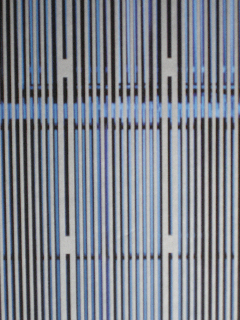
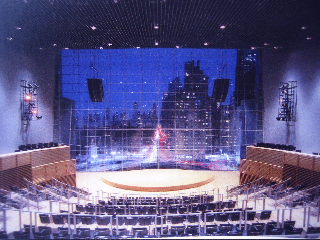
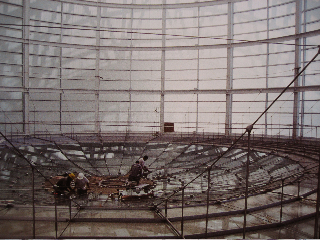
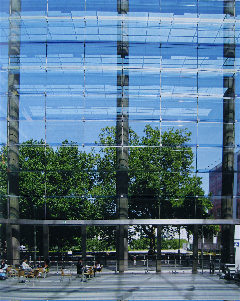
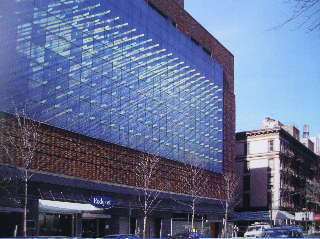
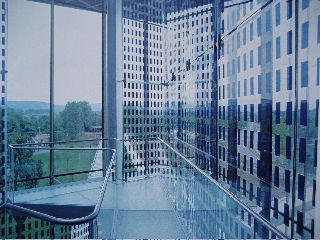
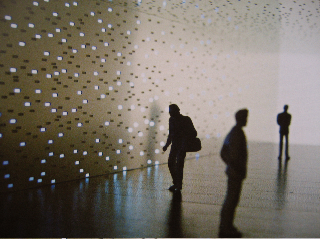
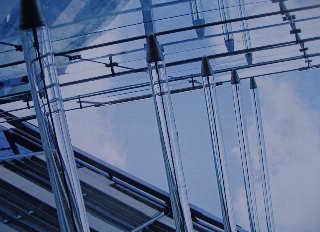
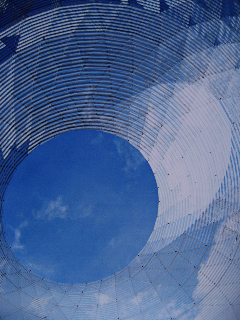
What I find fascinating is the metrical expansion of ideas and ideals — the inventions are meditated and gradual, the discoveries are thoughtfully implemented. When I refer to metrical, it’s like that allegory; it’s truly lyrical, rhythmic, operant mathematics.?
There’s always the implication that wild experiment lead to merely wild results, with a lessened sense of actualized application. But he doesn’t seem to go there — his work, works them out.?This book, that perhaps you’ve seen, James Carpenter | Environmental Refractions / Princeton Architectural Press is a grand reference to the intellectual character of his work, that has been surely transformative in the marveled (he marvels, clearly) and marvelous (and his work is marvel producing) evolution of his work.?
I put the connection to Carpenter’s work here:
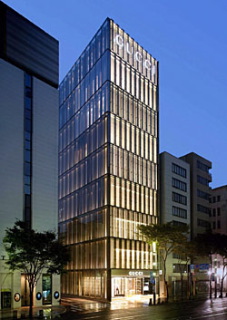
When a designer and friend, Sharon Frederick, the global retail design director for Gucci referenced it. I’d not made that connection before.More here:
Gucci Hits Ginza | The Japan Times Online
Worth studying.?
—-
T